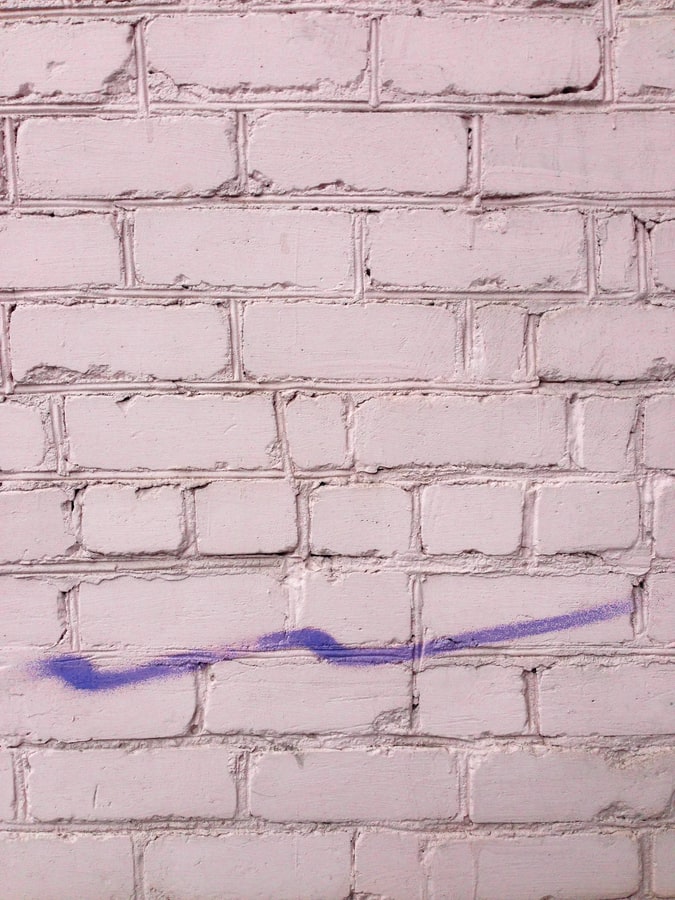Whether you’re trying to fix an existing problem or prevent future damage, it can be tempting to take care of basement waterproofing yourself. If you’re ready to roll up your sleeves and go all-in on a DIY project, good for you! In today’s blog, we’ll discuss four common basement waterproofing mistakes to avoid making.
Tip #1: Avoid Buying Waterproof Paint
The first common mistake that DIY waterproofers make involves waterproof paint. It might seem like a cheap, effective way to keep your basement clean and dry. Unfortunately, it fails more often than it protects. These paints are great in theory, but they don’t work well when applied to cement blocks.
This happens because the lime that’s inside the concrete bubbles, causing the paint to chip off. Without a strong layer of protection, it might not be long before there’s standing water in your basement.
Basement Waterproofing Tip #2: Look at Your Gutters and Your Roof
The second most common mistake to avoid involves the outside of your home. While many people believe that the basement is the weakest part of a home, it’s actually the roof. Before beginning any waterproofing work, take a look at the state of your gutters. Make sure that they are clear of debris and that there is an adequate drainage system running from the roof down the side of your home.
Consider adding downspouts that extend at least eight feet from your home to avoid standing water in the soil surrounding your foundation. Moisture around this area can lead to moisture and problems inside your basement that will require additional repairs.
Tip #3: Replace Soggy Soil
The third mistake to avoid making involves the soil that surrounds your foundation. This problem goes back to when the foundation of your home was first poured. The soil outside your home cannot be packed too tightly–that can cause the foundation to sink or collapse completely. If you notice moisture or missing dirt on the outside of your home, it’s important to fill it in quickly.
Basement Waterproofing Tip #4: Avoid Sealing the Cold Joint
The fourth mistake to avoid making involves the cold joint. This is where the wall meets the floor. Many homeowners will be tempted to add additional concrete to this seam but this can cause more damage than it’s worth. In the event that additional waterproofing needs to happen, the cement will need to be removed. Skip the extra step and use other techniques to make repairs or preparations.
Bonus Basement Waterproofing Tip: Let the Professionals at HS Waterproofing Do the Hard Stuff
Now that we’ve looked at some of the issues that can arise when doing the waterproofing yourself, understand that you’re not in this situation alone. If the process seems challenging or you want it done fast, consider calling the experts at HS Waterproofing. With over forty years of experience, our team is ready to make your repairs fast, easy, and perfect. Don’t delay–contact us today!
